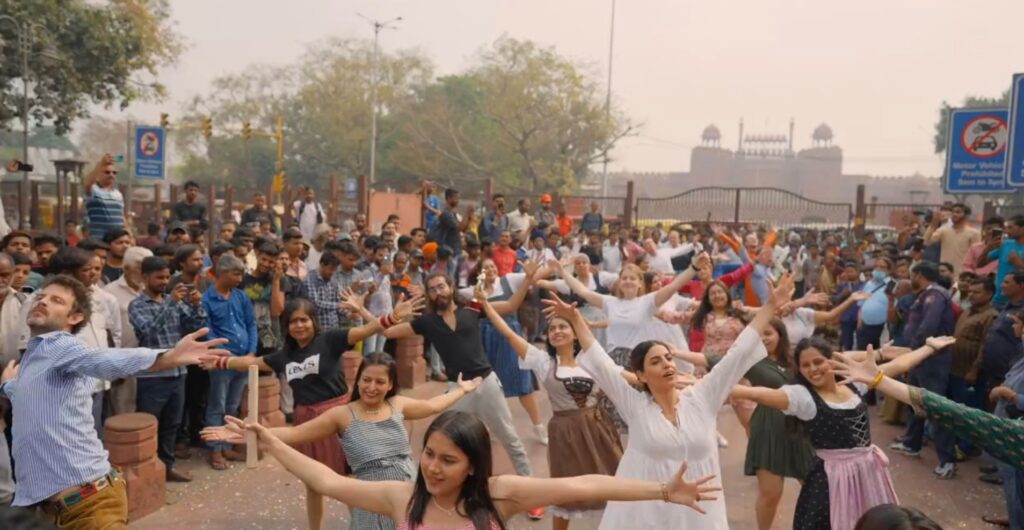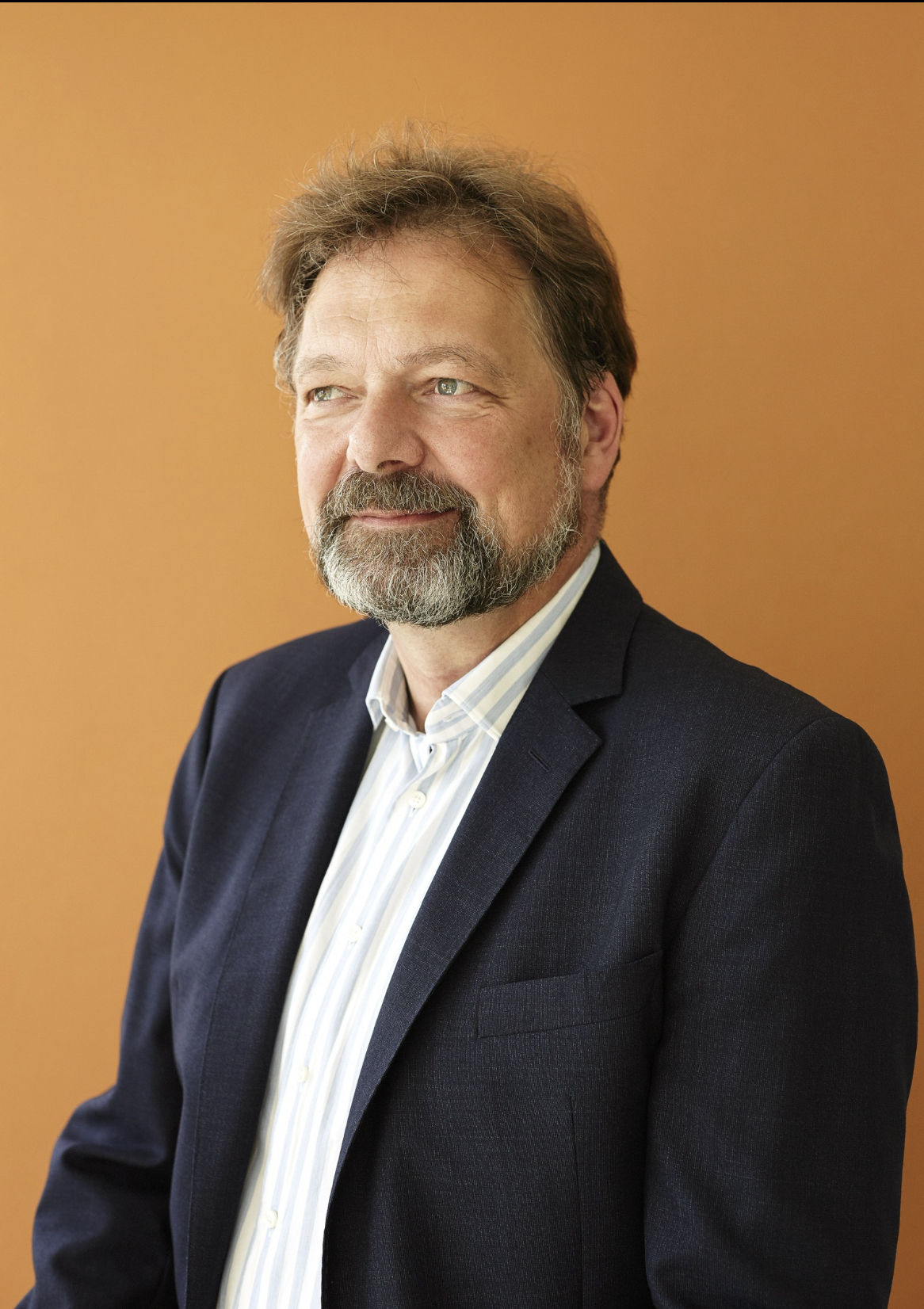Dr Philipp Ackermann talks about the German embassy’s memorable tribute to ‘Naatu Naatu’, the flourishing cultural scene and the role of private museums in India, and the ongoing war in Ukraine.
German Ambassador to India, Dr. Philipp Ackermann, is a career diplomat who studied art history and economics in Bonn, Heidelberg, and Utrecht and received his doctorate in art history in 1993. That same year, he joined the German Foreign Service. His overseas postings include Rabat, Morocco, and New York as part of the German Mission to the UN. From 2006 to 2007, he headed the German Provincial Reconstruction Team in Kunduz, Afghanistan. Between 2007 and 2010, he served as a political counsellor in New Delhi. He was Deputy Head of Mission in Washington DC from 2014 to 2016. Prior to the current posting, he was Director-General for Africa, Latin America, the Near and Middle East at the Federal Foreign Office for five years.
Excerpts
Q. The Embassy of Germany recently paid a memorable tribute to RRR’s historic Oscar win. How did it materialise?
A. So, basically, we saw this wonderful Korean tribute, and we all had seen and listened to “Naatu Naatu.” When it got an Oscar, we felt that it’s time to take it up again with the team. We sat down and tried to figure out what we could do to take the baton from the Koreans in a way recognizing what they had done as a very original idea but putting it on the next step, and then this idea came up. I think it turned out to be a very good idea. We were not aware that it would be such a huge success. We knew some people who came up with a very nice camera team, and basically, it was a quick thing. We rehearsed here at the residence lawns twice over lunch, and then we went Friday morning at 9, and we did it in 90 minutes basically. So it was very quick. I mean, it’s a very short video as you have seen. But we wanted to get the flavor of Old Delhi in this. We are all fans of Old Delhi. We felt that Chandni Chowk with its old tradition and with the Red Ford in the background would be a wonderful place to do this little fun thing.
Q. You have a doctorate in art history. As someone who takes a keen interest in the arts, how do you look at the art scene in India?
A. It has developed tremendously over the last 12-15 years. When I was here for the first time, the gallery life in Delhi had only just started. The art market is something that comes along with money. We know that. Everybody knows it. So when art gets privatised, let’s say in galleries, it is always a good sign. I remember that when I was here from 2007-10, a lot of galleries were opening, but it has now come to a completely different level. We have the India Art Fair in Delhi, and you see that there is a very sophisticated, extremely lively art scene here in Delhi. And I like that. I think the fact that we have a couple of private museums now is also interesting. And I want to emphasise it very much because it is important that there is a movement by the government, also by private persons to promote and develop handicrafts. That’s also very interesting. I think India is the topmost handicraft country in the world. I am very fond of some movements or some society associations that promote and develop the handicrafts. You have a very thriving, internationally recognized art scene, but you also have something that is keeping the traditions of India in mind, and that’s something I really appreciate.

Q. Tell us about your experience of attending the Kochi Biennale.
A. Well, Kochi Biennale is really a state-of-the-art art exhibition. I went there as I wanted to have a close look at it, and I spent a day at all the different venues. It’s fantastically done in the old warehouses. And when you compare that to European biennales like Venice or Berlin, you see that contemporary art in South Asia is much more political. So we had gender items. We had climate change as an item. We had freedom of speech as an item. I was quite intrigued by many, many pieces of art that I saw. It’s a fantastic show, and I would recommend every European who is into art to come to the Kochi Biennale.
Q. What are your thoughts on the private museums in India?
A. Alkazi for me is a very good example of how private philanthropy can come up with something that is really changing the perspective of things. The Alkazi is stunningly good and very thoroughly curated also. I am very fond of the way they deal with their heritage, and they are very well connected with European museums. So they have a very good standing in Europe. It’s a household name there, and I think they can be proud of this. I have already talked to Rahaab Allana, and we will certainly try to do something with them.
‘Bombay Talkies: An Unseen History of Indian Cinema’ is just a fantastic book. I was not aware of the strong influence of Germans in the cinematography of the 1920s and 1930s in Bollywood and in the makings of Bollywood.
Q. How do you look at the nature of cultural exchange between India and Germany over the years?
A. I think it’s very good. I think we have a very good partnership between the government-run museums in Berlin and the National Museum. Also, we have a good corporation with the private foundations here. So on the museum level, there’s good cooperation. But we also have other areas like music, and I am talking here, contemporary, electronic music. There is a lot of mutual influence, driven by curiosity from both sides. There is a lot to be learned from each other. And there is an old tradition in Germany to look at India in a cultural way, and that started with Max Müller as is well known. So I think the cultural cooperation between Germany and India is very good. Yes, there’s always room for improvement when it comes to cultural operations, but I think we are on a good path here.
Q. You have previously also been posted in Afghanistan, and so you have seen the aftereffects of war. How do you look at the war in Ukraine?
A. I like to think that we did some very good work in Afghanistan, but the return of the Taliban to power completely undermined all our efforts. So it’s really heartbreaking. Speaking of the war in Ukraine, Europe is obviously the most impacted continent, more than anybody else. We have many Ukrainian refugees in Germany who are supported by the German government.
Everybody realises the impact of this war in Europe, and it’s not something that goes unnoticed. But, at the same time, we have to see that the European societies prove to be rather resilient, and what we have seen is that everybody was very nervous, if not hysterical, about a winter that might prove to be a difficult one to endure owing to the shortage of electricity and distribution of fossil fuels needed for heating. But that has not been the case. Our government has been very quick in fixing the energy baskets. 55% of our gas came from the Russian Federation, and now it’s down to zero. Well, and the same is valid for oil. So now there is a more diverse, more spread out mix of energy reserves.
I would say that our economy is also continuing to grow. We feared that the pandemic plus the war would lead to a recession. That’s not the case. So I think we can be a bit more confident that things would go in a better direction. But, I can only emphasise once again that Europe is suffering a lot from this war.

